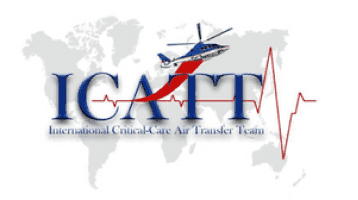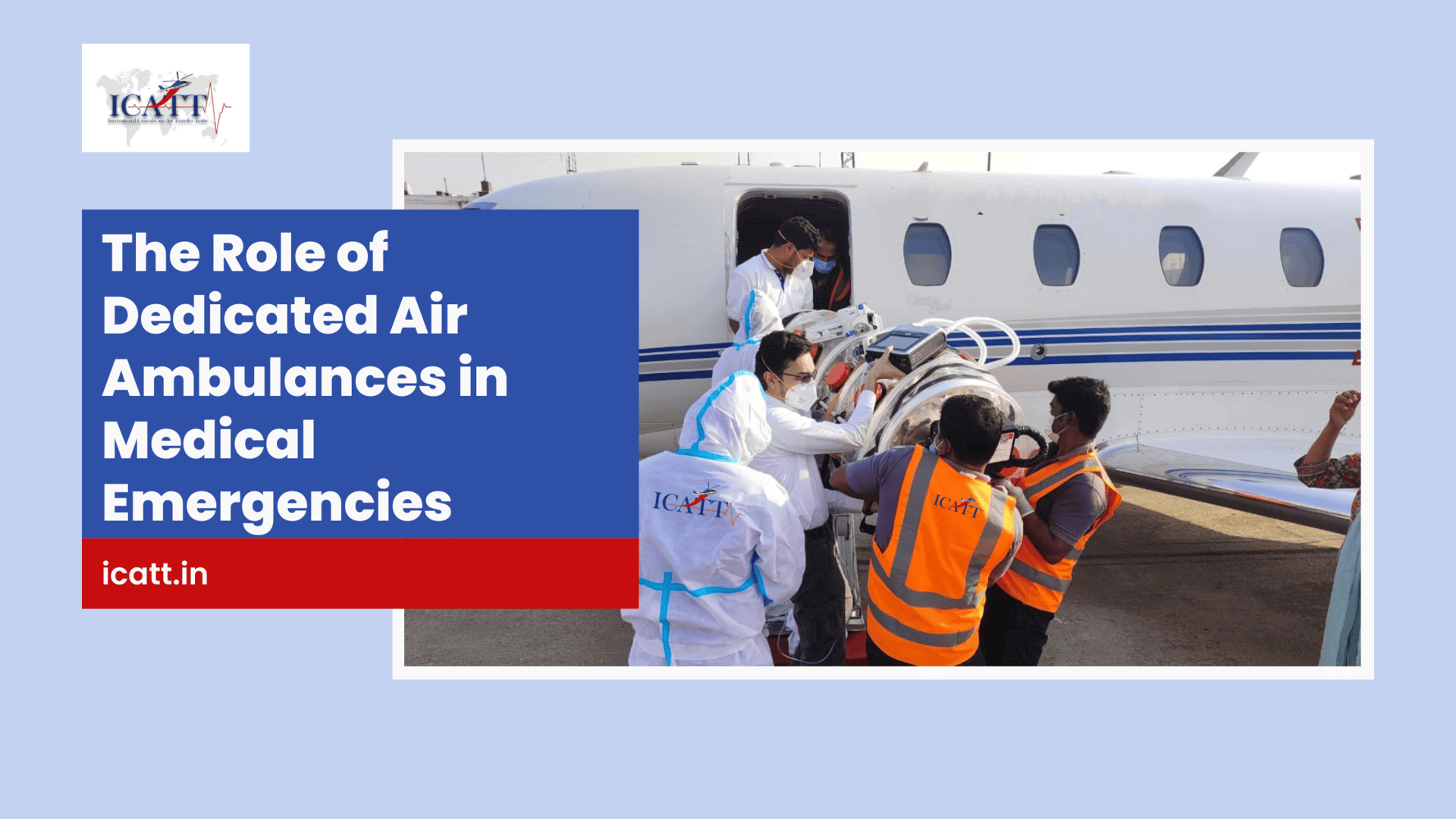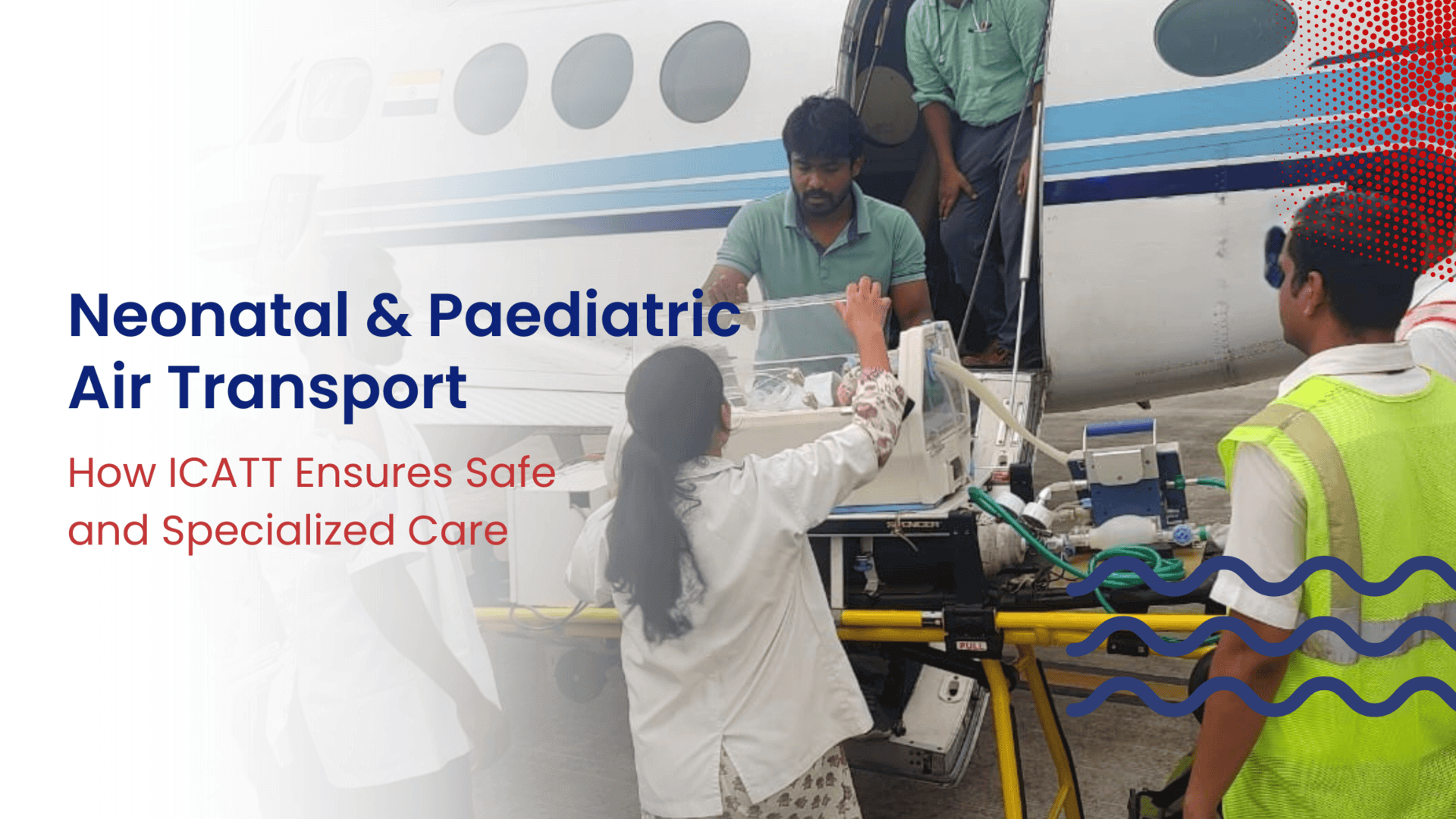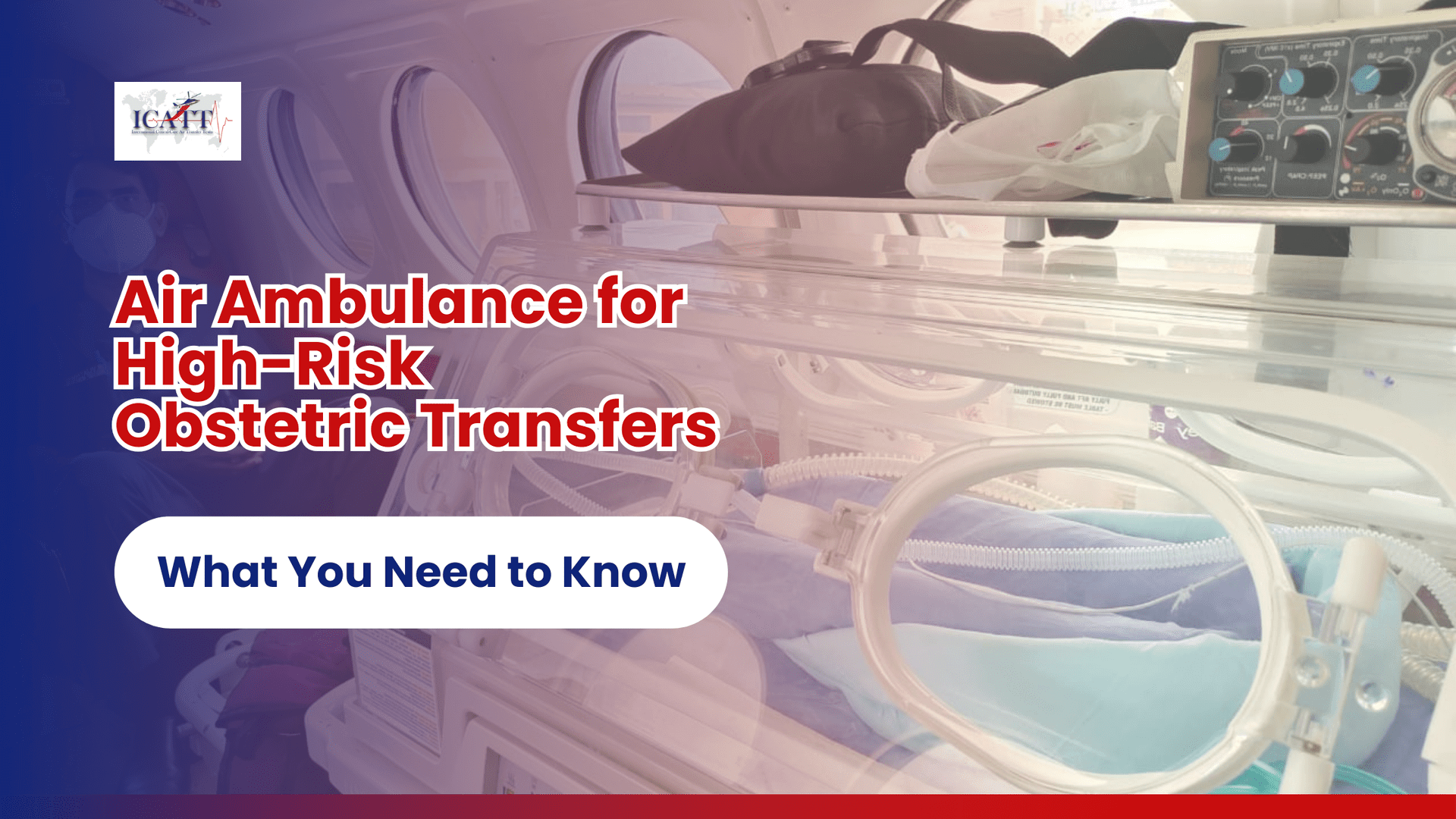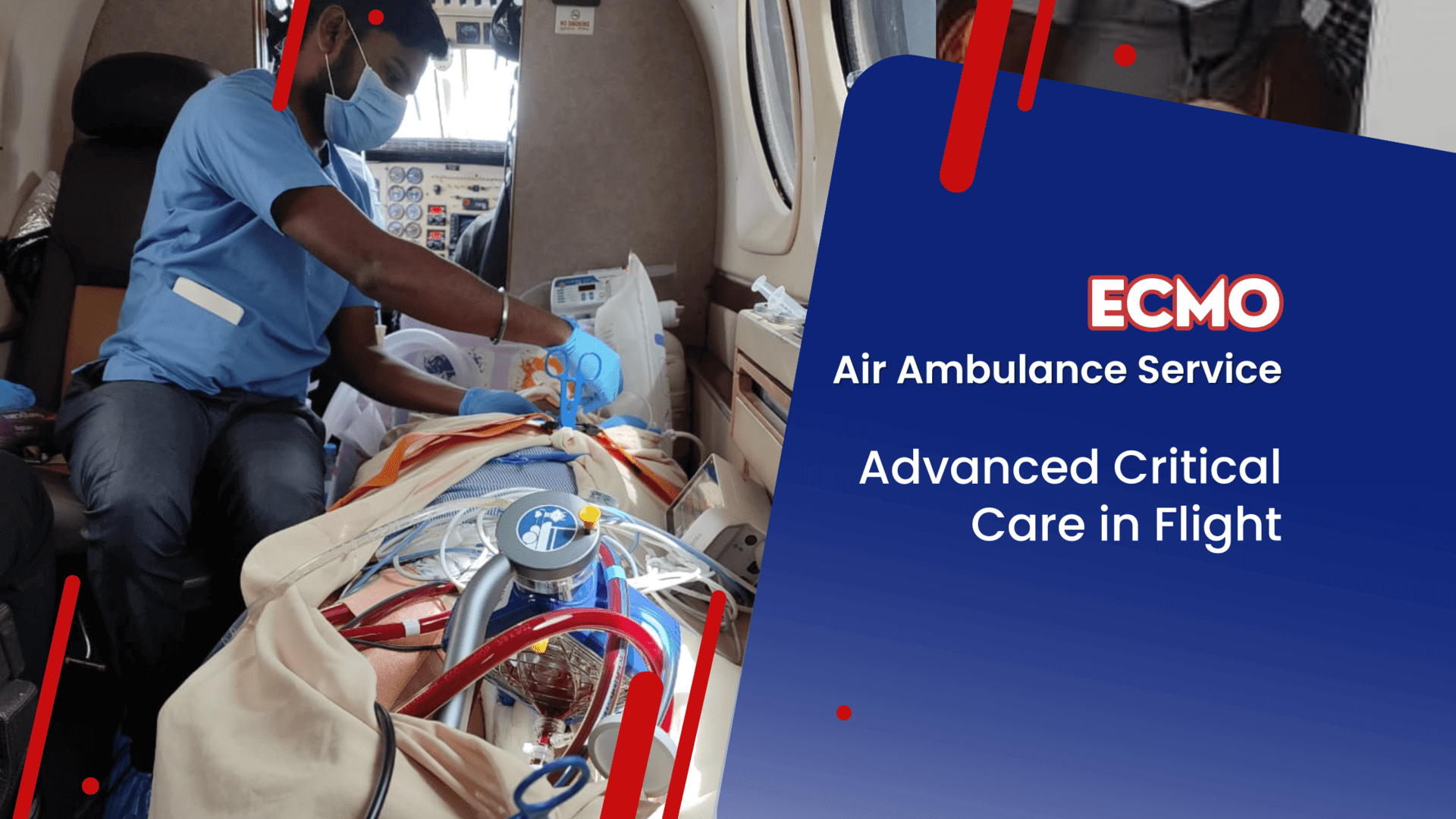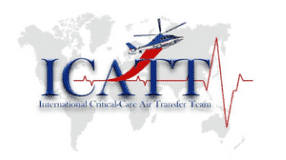The coronavirus (COVID-19) pandemic has changed the way we function and practice medicine every day. Our utmost priority is the safety of the patient, along with doctors and medical staff. This is why ICATT air ambulance has sought to make use of the German isolation pods for airlifting COVID 19 patients. These patient isolation pods are used to airlift patients with highly contagious diseases. They have been in practice since 1970 when these were used to airlift patients suffering from Lassa fever.
This article is meant to educate people as to how effective German Isolation Pods are in air transportation of COVID-19 considering the well-being of the medical staff.
What is a German Isolation POD?

An isolation pod is a capsule that is used to isolate a patient medically. Examples include the Norwegian EpiShuttle and the USAF Transport Isolation System (TIS) or the Portable Biological Care Module (PBCM), which are used for isolation patients during air transportation.
The German isolation pods are foldable, and collapsible resemble a stretcher. They use very little space. These pods have a base on which patients are laid, and a plastic-like cover runs to the top covering the patients. The plastic-like body has several long-sleeved grooves (gloves like apertures) for medical staff to treat the patient.
How vital are German Isolation Pods for air transporting patients with COVID-19?

German Isolation pods allow the integration of medical instruments to monitor and ventilate the intubated patient. They also maintain a high constant negative pressure in the isolation pod to limit the risk of transmission to aircrew, ground crew, and medical personnel.
- Its design facilitates the use of life support and monitoring devices (defibrillators with multiparous monitors, pulse oximeter, infusion pump etc.); long-sleeved grooves for healthcare staff to treat the patient, and a dedicated power supply to keep the medical apparatus up and running.
- The design requirements are based on guidelines from the Department of Health and Family Care (MoHFW), the National Accreditation Council for Hospitals and Healthcare Providers (NABH), and the Centers for Disease Control (CDC), USA.
- The pods disinfect faster: The advantage of EpiShuttle is that it can be loaded directly, onto an air ambulance or other vehicle and it takes only two to four hours to disinfect while disinfecting an entire aircraft takes nearly a full day.
- Pods protect crew and health care workers from infection and allow officers to monitor patients. These have openings where they can offer full intensive care such as intubation and insertion of a catheter into a vein.
- The coronavirus isolation pod is in high demand globally.
- It is beneficial in transporting an infected person and in hospital wards.
- The pod is airtight and has necessary designated spots for oxygen input and patient contact points.
- It is safe to say that pods eliminate the chances of viral contamination.
Therefore, the use of airtight German isolation pods for transporting COVID-19 patients is imperative.

Our Success Story in airlifting a COVID-19 Patient using German Isolation Pod:
For the very first time in India, a 58-year-old patient who was seriously ill due to COVID-19 and who was on ventilator support was flown from Kolkata to Chennai by ICATT Kyathi Air Ambulance using German isolation pod.
Rahul Singh Sardar, the co-founder of the ICATT Kyathi Air Ambulance, said this is likely the first time a patient suffering from COVID-19 was brought abroad. In a statement by him, it was noted that the airlifted COVID-19 patient had diabetes, and his lungs were significantly affected. He also said that the patient needed a transplant and had little chance of survival if he stayed in Kolkata.
The medical team arrived in Kolkata hospital a day before, placed the patient in a pod, and made sure his condition was stable. After obtaining the necessary permits from the Kolkata and Chennai authorities, the patient was taken to Kolkata Airport by capsule and flown to Chennai. ICATT had a cardiac anaesthetist to accompany the patient to ensure his safety because his condition was fragile.
After landing in Chennai, the patient was placed in a pod at the MGM Health Hospital and laid down. From bed to bed, ICATT uses German isolation pod to eliminate the risk of COVID-19 for doctors and paramedics.
A green corridor was built from the hospital in Calcutta to the airport, which takes an ambulance to its destination in 30 minutes. Flights from Kolkata to Chennai take 2 hours 15 minutes while another green corridor runs from Chennai Airport to the hospital. During transfer the patient received ECMO (extracorporeal membrane oxygenation). Later on, all the aircraft and German isolation pods were sanitized.
Conclusion:
Although the isolation pods were in existence since 1970, they were made familiar now, more than ever, by viral pandemics such as Lassa fever, Ebola virus, and more recently because of COVID-19. With time, isolation pods have become more sophisticated in that they not only restrict the contamination from the affected ones but also allow the medical staff with state-of-the-art medical equipment attached to the pods.
The usage of such isolation pods gives the air ambulance staff that extra bit of courage to carry on with their noble deed of saving lives with lives. For more information call us at +91-9701111156.
